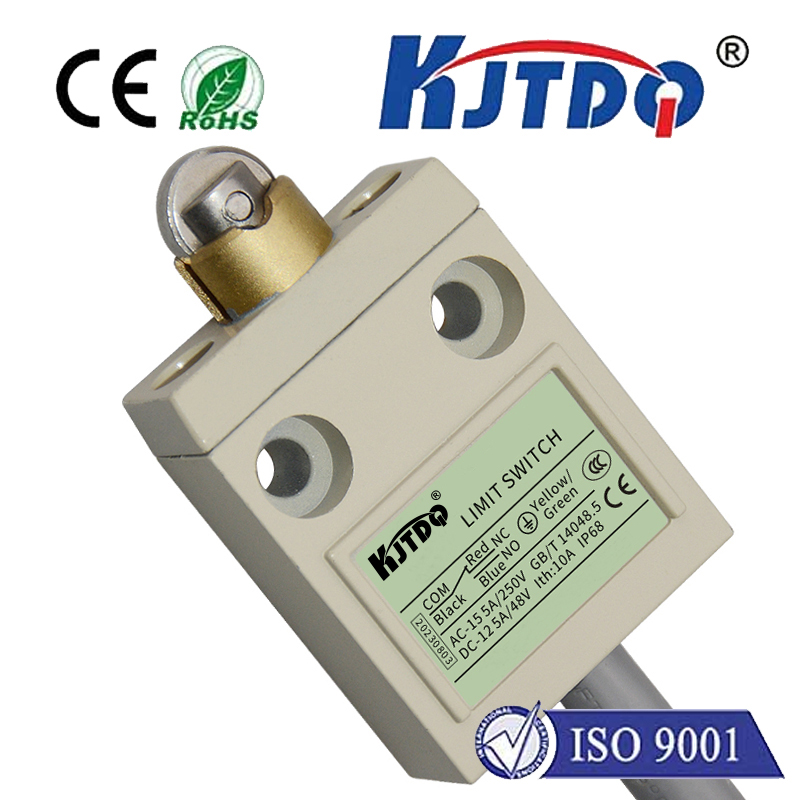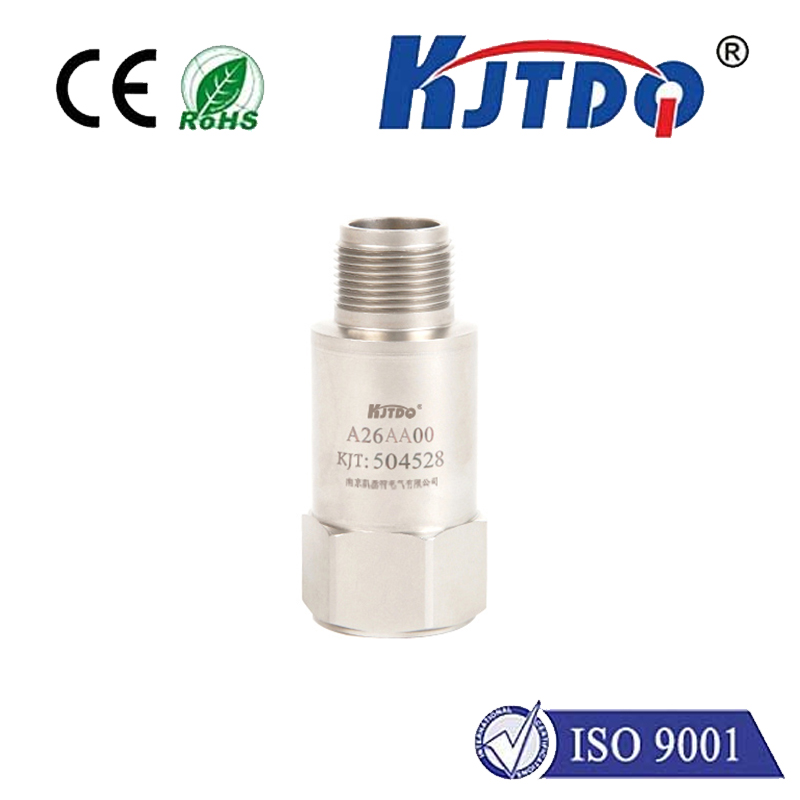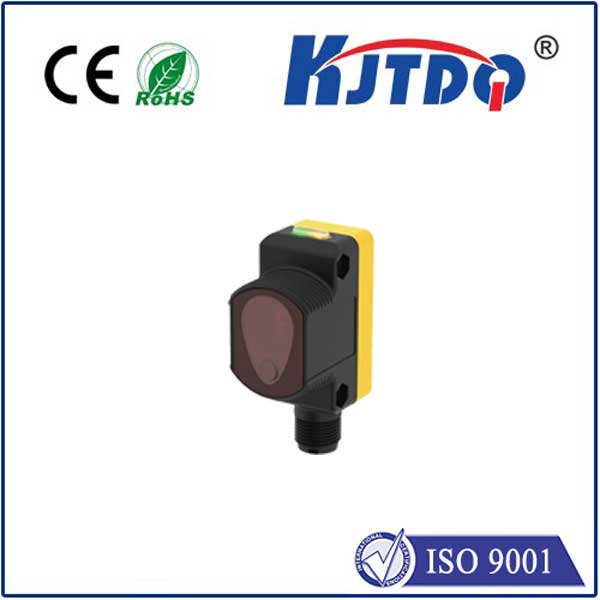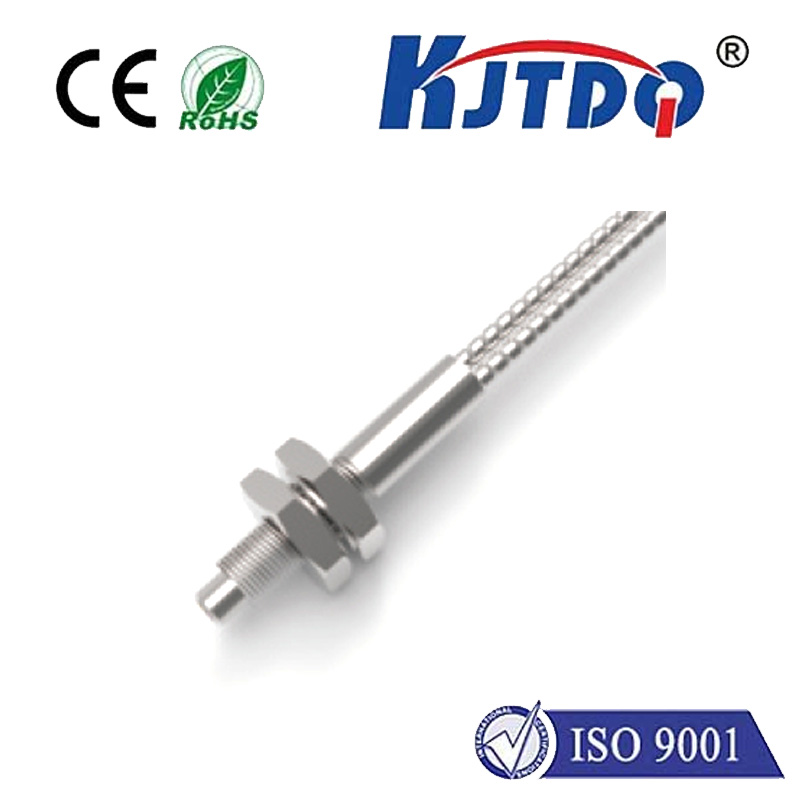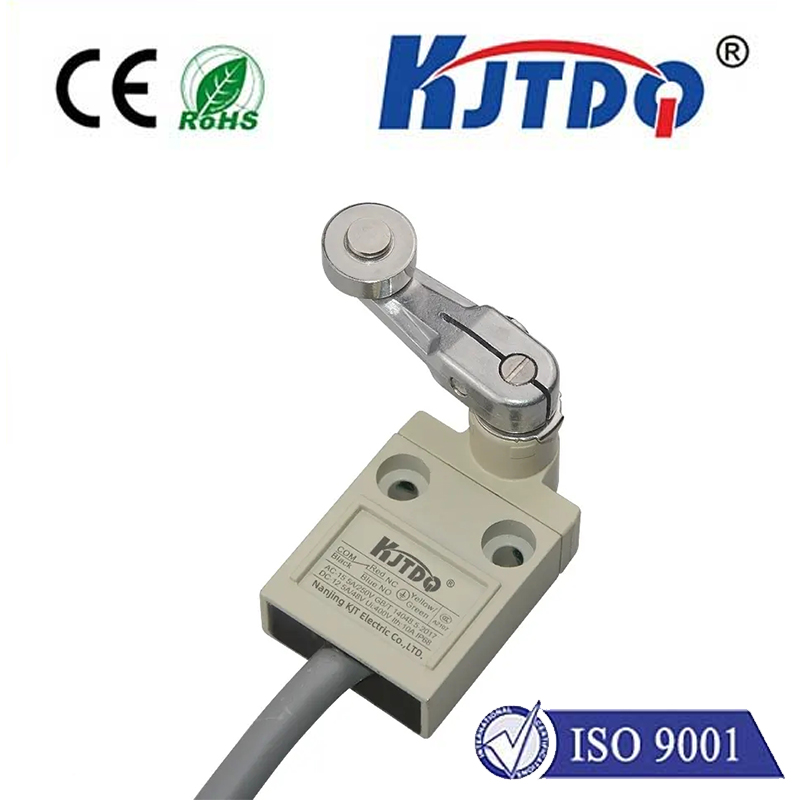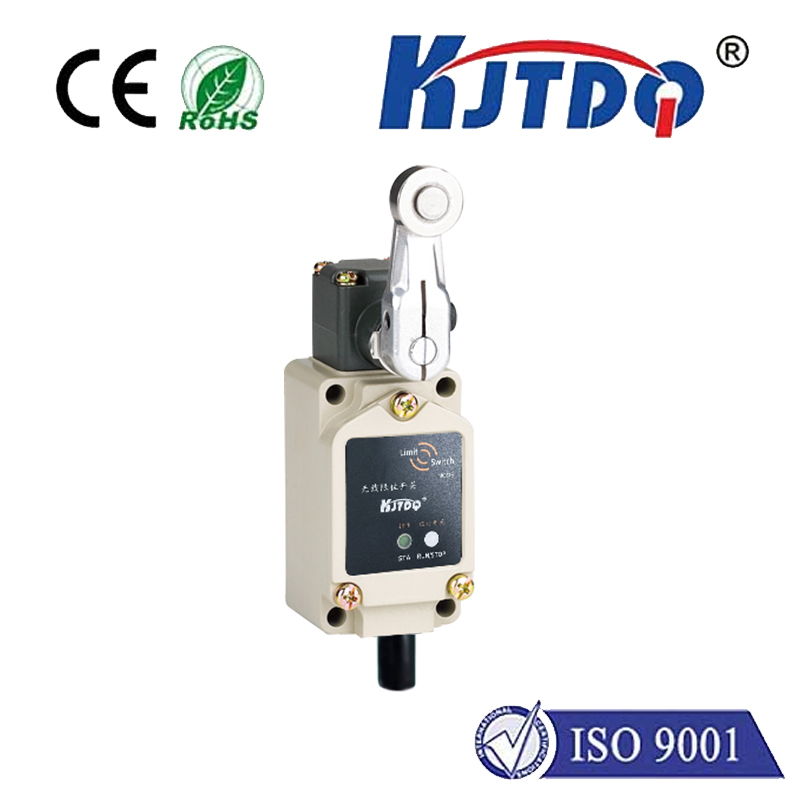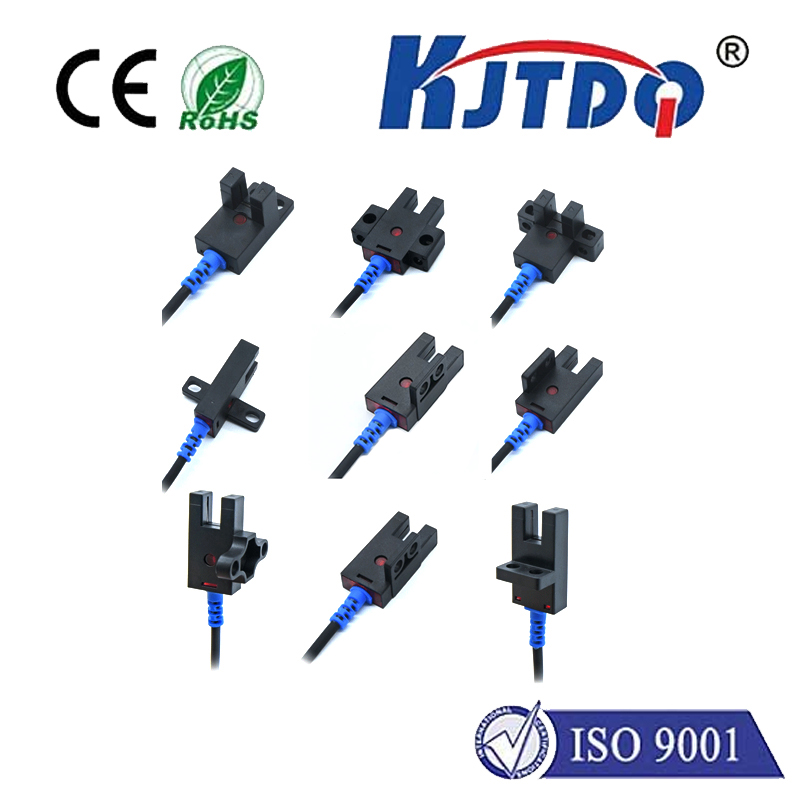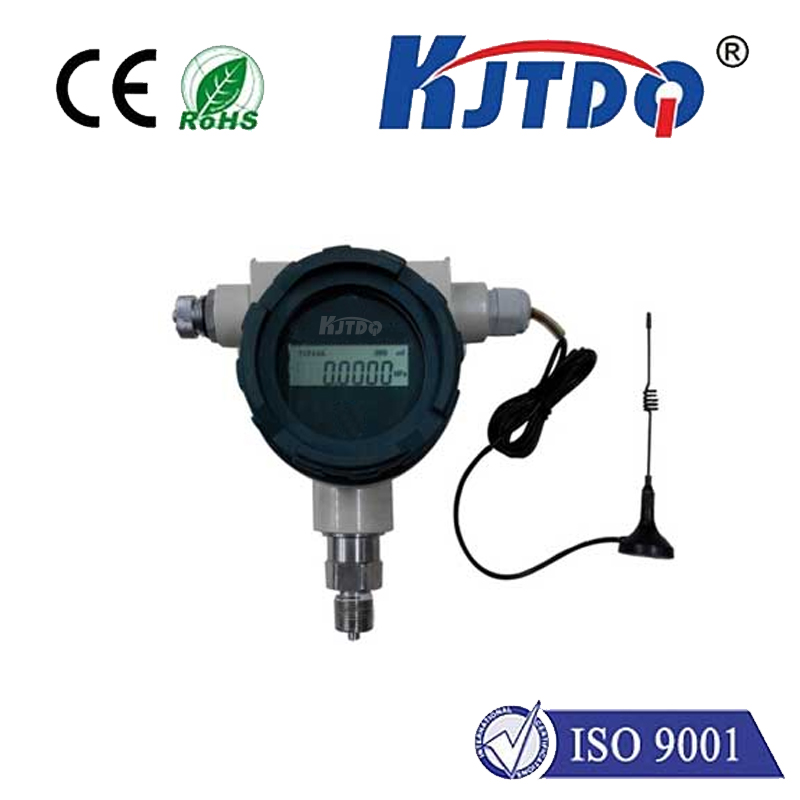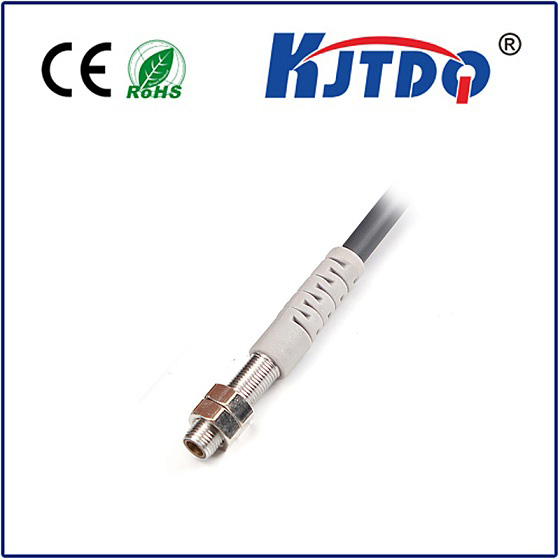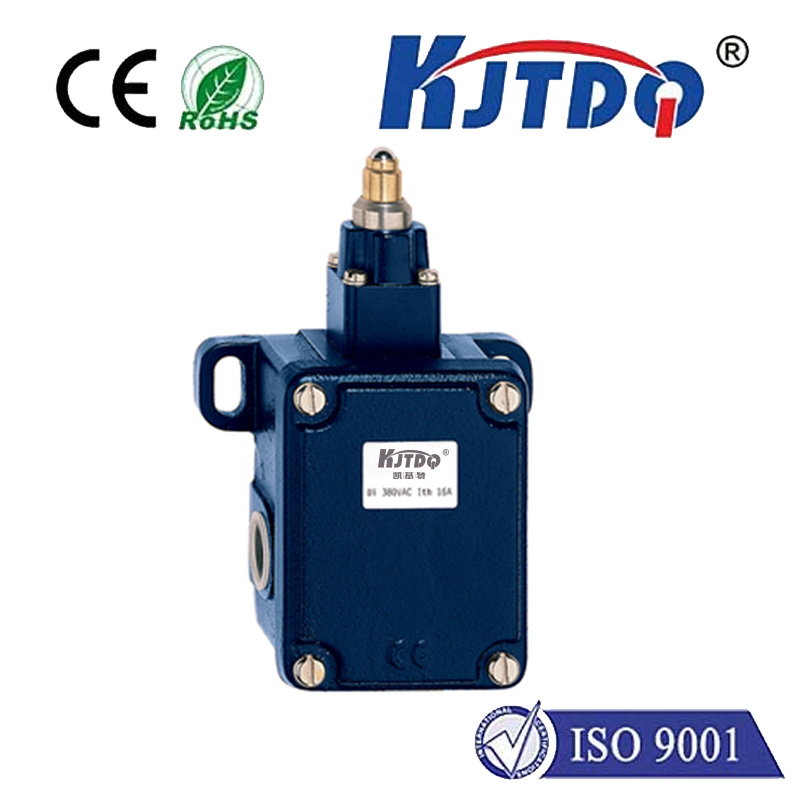
check

check

check

check
Title: Unraveling the Mysteries of 3D Laser Triangulation: A Breakthrough in Geospatial Analysis
Introduction:
The world we live in is an intricate web of interconnected systems, and understanding these systems has become increasingly crucial for decision-making processes across various industries. One such field that has seen a significant transformation in recent years is geospatial analysis, which involves the use of advanced technology to analyze and interpret spatial data. Among the many techniques used in geospatial analysis, 3D laser triangulation stands out as a game-changer, providing unprecedented accuracy and reliability in determining precise locations within large landscapes. In this article, we will delve into the workings of 3D laser triangulation and explore its implications for various applications, including land surveying, urban planning, and environmental monitoring.
Chapter 1: Understanding 3D Laser Triangulation
3D laser triangulation is a process that involves the use of three or more lasers to measure the distance between two points and create a 3D map. This process is commonly used in geospatial analysis to create detailed models of physical features such as hills, valleys, and buildings. The accuracy of 3D laser triangulation lies in its ability to capture the exact coordinates of each point using multiple lasers, eliminating any potential errors caused by individual sensors.
One of the key advantages of 3D laser triangulation is its flexibility. Unlike traditional surveying methods, which often require manual labor and are limited by human error, 3D laser triangulation can be performed quickly and accurately from remote locations. This makes it an ideal solution for complex terrains and challenging environments.

Another advantage of 3D laser triangulation is its ability to provide high-quality data at various scales. By capturing information at different resolutions, researchers can create detailed maps down to street level or even global scale, depending on their needs. This makes it an invaluable tool for a wide range of applications, from urban planning to environmental monitoring.
Chapter 2: Applications of 3D Laser Triangulation in Geospatial Analysis
There are numerous applications of 3D laser triangulation in geospatial analysis, each with unique benefits and challenges. Let's explore some of these applications in detail:
a) Land Surveying:
Land surveying is an essential aspect of many industries, from construction to real estate development. Traditional methods of land surveying, such as measuring angles between landmarks or using satellite imagery, can be time-consuming and prone to errors. By contrast, 3D laser triangulation offers unprecedented accuracy and efficiency, allowing surveyors to capture accurate measurements within seconds. This not only saves time but also reduces costs associated with manual labor and equipment.
b) Urban Planning:
Cities are constantly growing and evolving, requiring accurate and up-to-date data to support decision-making processes. 3D laser triangulation provides city planners with detailed information about urban areas, allowing them to make informed decisions about infrastructure development, zoning laws, and transportation networks. By creating detailed maps of cities, planners can identify areas of congestion and potential hazards before they become major problems.
c) Environmental Monitoring:
Environmental monitoring is critical for understanding ecosystems and predicting natural disasters. However, traditional methods of environmental monitoring, such as satellite imagery or ground sensors, are often limited by factors such as weather conditions or terrain complexity. By leveraging 3D laser triangulation, researchers can capture highly detailed data about ecosystems and predict changes over time. This information can be used to inform conservation efforts and mitigate the impact of climate change on vulnerable communities.
Conclusion:
In conclusion, 3D laser triangulation has revolutionized the field of geospatial analysis by providing unprecedented accuracy and reliability in determining precise locations within large landscapes. Its flexible nature and ability to capture data at various scales make it an invaluable tool for a wide range of applications, from land surveying to urban planning and environmental monitoring. As technology continues to advance, we can expect further breakthroughs in the field of 3D laser triangulation, opening up new possibilities for scientific research and practical applications alike.
